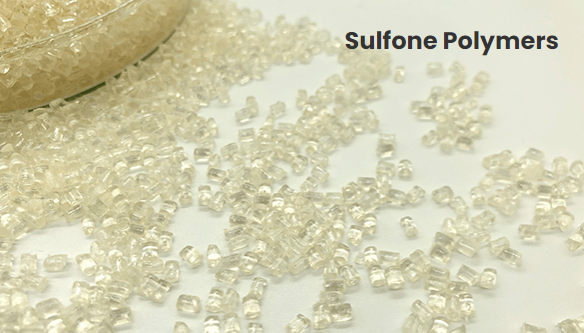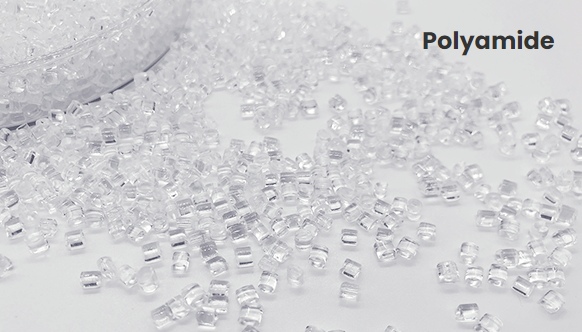Special engineering plastics are a category of engineering plastics with high comprehensive performance and long-term use temperature exceeding 150℃. They mainly include Polyphenylene Sulfide (PPS), Polyimide (PI), Polyether Ether Ketone (PEEK), Liquid Crystal Polymers (LCP), and Polysulfone (PSF). Special engineering plastics possess unique and excellent physical properties, primarily applied in high-tech fields such as electronics, automotive, aerospace, special industries, and precision instruments.
The development trend of substituting steel and wood with plastics, along with the emphasis on lightweight and miniaturization, provides a broad market space for the special engineering plastics industry. Furthermore, various special engineering plastics can further enhance product performance, leading to a higher proportion of their application in downstream industries.
As an important part of the chemical high-polymer materials sector and a leading industry in the national economy, special engineering plastics play a crucial role in ensuring high-end manufacturing. The government and scientific research institutions in China prioritize their development, and their strategic importance continues to rise. During the "14th Five-Year Plan" period, with the development of emerging sectors like new energy vehicles, related infrastructure construction, 5G industrialization, and major projects in the areas of new-type infrastructure and urbanization, there is a greater demand for special engineering plastics. Clearly, the future development space for China's special engineering plastics industry is enormous.

Currently, China has achieved initial industrialization of varieties such as PI, PPA, LCP, and PEEK. However, there is still a large gap compared to advanced levels in foreign countries, and the overall industry is still in its early stages of development. The main reasons for this are as follows:
The development of special engineering plastics internationally dates back to the late 1960s. Extensive research and development on special engineering plastics have been carried out in Western countries. Over ten valuable varieties have been developed and industrialized since the introduction of polyimide in the 1960s and polyether ether ketone in the early 1980s. In contrast, China's development of special engineering plastics started in the mid-to-late 1990s, with significant differences from leading foreign enterprises. So far, it has not been able to reach a significant scale, with a high dependence on imported products accounting for over 70%.

China's weak accumulation of original technologies and the apparent gap with the advanced level of foreign countries pose significant challenges. In key areas, it has not yet overcome the technical barriers of multinational corporations. Issues such as poor batch stability and an inadequate product structure persist. Furthermore, there is a shortage of basic resin synthesis companies compared to modified processing companies. Insufficient technological investment leads to a disconnect between product development and market services, resulting in weaker competitiveness for domestic enterprises.
Overall, the supply of domestic products is insufficient, with a low proportion of specialty materials and an abundance of mid-to-low-range products. Key core products heavily rely on imports. China's effective production capacity for engineering plastics still cannot meet domestic market demand, making it the world's largest importer of engineering plastics.
The future development of China's special engineering plastics industry hinges on improving technology levels, enhancing competitiveness, overcoming supply bottlenecks, and focusing on technological advancements. With the government's support and the growing demand in emerging sectors, the industry has vast potential. Closing the gap with foreign countries and achieving self-sufficiency in high-quality products will propel China's special engineering plastics industry towards greater success. As a key participant in this industry, Tuntunplastic actively drives the development of China's special engineering plastics industry, striving to become a pivotal force shaping the future of the industry.
By continuing to use the site you agree to our privacy policy Terms and Conditions.